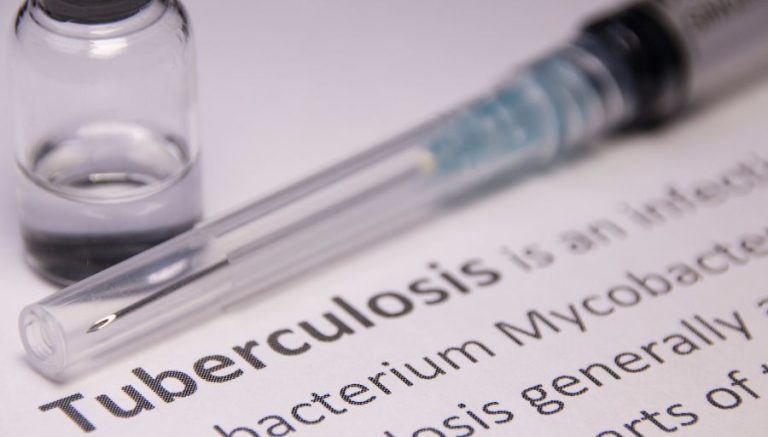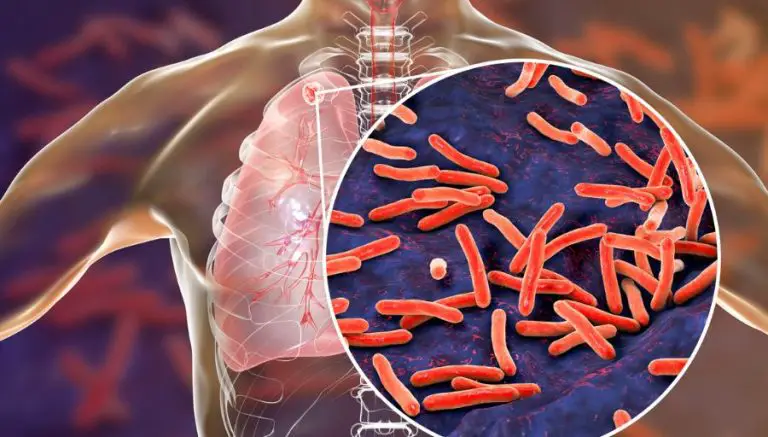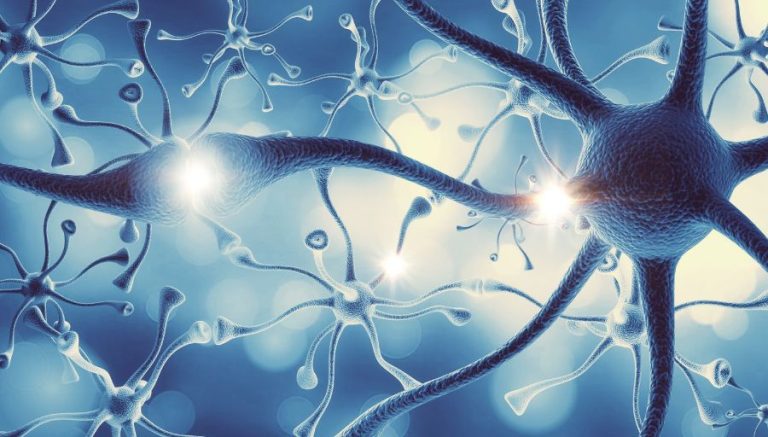A Medical Guide to Tuberculosis of the Intestines, Peritoneum, and Mesenteric Glands
Below, we discuss the symptoms, diagnosis, and treatments of Tuberculous peritonitis, Tuberculous enteritis, and Retroperitoneal tuberculosis.
1. Tuberculous peritonitis
Tuberculous peritonitis is a difficult–to–diagnosed complication of pulmonary tuberculosis, especially among immune–compromised patients, that occurs when the Mycobacterium bacilli migrate to the area through the bloodstream or lymph system and form granulomas (inflammatory masses of cells), which can remain dormant for long periods but eventually activate and infect the structures.
Tuberculous peritonitis is also known as Tuberculous ascites.
1.1 Symptoms
A patient with tuberculous peritonitis can experience;
- abdominal swelling;
- tenderness;
- pain due to ascites (abnormal collection of fluid in the abdomen);
- weight loss;
- bowel obstruction or perforation;
- fever;
- cough; and
- malaise (fatigue).
1.2 Diagnosis
Providers diagnose the condition based on a history of pulmonary tuberculosis and laboratory analysis of peritoneal biopsies and fluid.
Providers may perform ultrasound– or CT–guided fine needle aspiration (or paracentesis) of the peritoneum to obtain specimens for laboratory analysis for acid–fast bacilli and culture. Chest X–ray may diagnose concurrent pulmonary TB.
Ultrasound and CT scans can reveal ascites, thickening, and soft tissue densities in the peritoneum and omentum (part of the peritoneum near the stomach) and help distinguish peritoneal TB from carcinomatosis (widespread cancer).
1.3 Treatment
The provider may perform exploratory laparotomy for biopsy of the peritoneum and/or colon resection and anastomosis to treat a bowel perforation, stricture, or obstruction followed by treatment with standard antituberculous chemotherapy with isoniazid, rifampin, rifabutin, pyrazinamide, and ethambutol.
2. Tuberculous enteritis
Tuberculous enteritis (or tuberculosis (TB) of the intestines) is a common complication of pulmonary tuberculosis, especially among immune–compromised patients, that occurs when the Mycobacterium bacilli migrate to the intestines through the bloodstream or lymph system and form granulomas (inflammatory masses of cells); it can remain dormant for long periods but eventually activate.
Tuberculous enteritis is also known as:
- Tuberculosis of the anus and rectum
- Tuberculosis of the intestine (large) (small)
2.1 Symptoms
A patient with TB of the intestines can experience;
- abdominal swelling;
- tenderness, and pain;
- rectal bleeding;
- constipation;
- ascites (abnormal collection of fluid in the abdomen);
- weight loss;
- bowel obstruction or perforation;
- fever;
- cough; and
- malaise (fatigue).
2.2 Diagnosis
Providers diagnose the condition based on a history of pulmonary tuberculosis and laboratory analysis of sputum, gastric washings, peritoneal fluid, and biopsy for culture and acid–fast bacilli.
Providers may perform upper and lower endoscopy and/or barium enema to look for tuberculous changes in the intestinal walls.
Tuberculous enteritis is distinguished by three different manifestations: ulcerative (with erosion of the mucosa), hypertrophic (with thickening and inflammation of the mucosa), and ulcerohypertrophic (a combined appearance of the mucosa).
2.3 Treatment
The provider may perform emergent exploratory laparotomy for colon resection and anastomosis to treat a bowel perforation, stricture, or obstruction, followed by treatment with standard antituberculous chemotherapy with isoniazid, rifampin, rifabutin, pyrazinamide, and ethambutol.
3. Retroperitoneal tuberculosis
Retroperitoneal tuberculosis (TB) is a rare type of extrapulmonary tuberculosis which involves the abdominal cavity behind the peritoneum (the membrane lining the abdomen)resulting from an original infection by Mycobacterium tuberculosis (rarely Mycobacterium bovis).
Retroperitoneal tuberculosis is also known as:
- Tuberculosis of mesenteric glands
- Tuberculosis of retroperitoneal (lymph glands)
3.1 Symptoms
A patient with retroperitoneal TB can experience;
- pain in the abdomen and flank(s);
- vomiting;
- night sweats;
- fever; and
- weight loss.
3.2 Diagnosis
Providers diagnose the condition based on blood tests, tuberculin skin tests, and previous tuberculosis or active disease history.
Definitive diagnosis is made by tissue biopsy or abscess samples for culture and acid–fast bacilli (AFB). CT scans may reveal a fluid mass (cyst) in the retroperitoneal area. The provider may use ultrasound–guided aspiration to obtain fluid for culture.
3.3 Treatment
Treatment includes standard antituberculous chemotherapy with isoniazid, rifampin, rifabutin, pyrazinamide, and ethambutol; other drugs may be tried if these drugs are ineffective. Laparotomy may be performed to diagnose or remove/drain a cystic mass.








